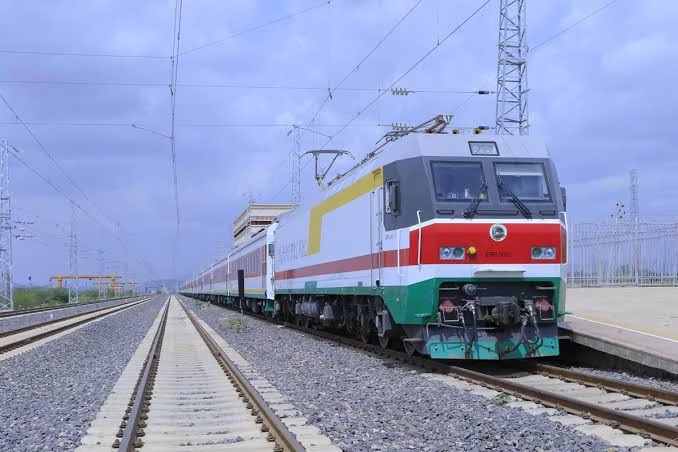Ethiopia and China are currently engaging in talks over a proposal to make major upgrades to the Ethio-Djibouti Railway. The officials are looking to Beijing for financial backing of Ethio-Djibouti Railway Upgrade Project.
The proposed extensive infrastructural upgrade along the 760-kilometer railway connecting Addis Ababa with Djibouti reportedly entails building of additional bridges, fences, livestock overpasses, stations and other facilities. Furthermore, it entails the procurement of additional locomotives.
Also read: $730 Million Addis-Djibouti Corridor Funding Agreement Signed by Ethiopia and World Bank
Ethio-Djibouti Railway Upgrade Project Factsheet
Length: 756 kilometers
Construction and funding:
- Timeline: Construction began in 2011. Freight services were inaugurated in October 2015, with passenger services following in October 2016. Commercial operations officially began on January 1, 2018.
- Cost: The total project cost was approximately $4.2 billion.
- Financing: The project was largely financed by loans from the China Exim Bank, with the remainder coming from the governments of Ethiopia and Djibouti. The Ethiopian portion of the line cost about $3.4 billion, with 70% funded by a loan from the China Exim Bank.
Contractors: The project was built by Chinese state-owned companies, China Railway Group (CREC) and China Civil Engineering Construction Corporation (CCECC), which also operated the railway for a period after construction.
Technical specifications:
- Track Gauge: Standard gauge (1,435 mm).
- Electrification: 25 kV AC / 50 Hz overhead line.
- Operating speed: Passenger trains can reach speeds of up to 120 km/h, while freight trains operate at 80 km/h.
Services:
- Freight: The railway is primarily used for freight transport, connecting Ethiopia’s key economic hubs to the sea. It has significantly reduced the transit time for goods, from up to three days by road to just 12 hours by rail. The railway has a capacity of up to 24.9 million tonnes of freight annually.
- Passenger: The EDR also offers passenger services between Addis Ababa and Dire Dawa on a regular schedule. The railway has 30 passenger coaches and 1,100 freight wagons.
Also, the Finance Minister Ahmed Shide revealed the plans during a panel discussion on railway infrastructure and regional integration that was held on August 1, 2025.
“The EDR [Ethio-Djibouti Railway] requires extra funding. This was one of our talking points with the Chinese government recently. Furthermore, we reached an agreement that the EDR lines need an upgrade,” the Minister stated.
Reasons for the Upgrade
The minister said that frequent collision incidents which involve livestock have repeatedly led to confrontations and friction with local, often pastoral, communities along the railway, citing it as part of the reason the government is mobilizing to upgrade EDR.
During the discussion, officials further revealed that Ethiopian operators have assumed full control of the operation of the railway from their Chinese counterparts.
“The operation of EDR has been handed over fully to Ethiopian and Djiboutian citizens. This is a big milestone. We are thankful to the Chinese government, BRI [Belt and Road Initiative], and FOCAC [Forum on China-Africa Cooperation,” stated Ahmed. “China has played its role, which was building and transferring the project. It was tedious and challenging work. At that time, I was Transport Minister. There was a huge amount of back and forth. So I also have an emotional attachment to this project.”
The panel discussion was focused on the need to make EDR more efficient in order to improve domestic and regional logistics systems.
Also read: $13.8 Billion 3000-Kilometre Kenya-Ethiopia Railway Construction Agreement Signed

